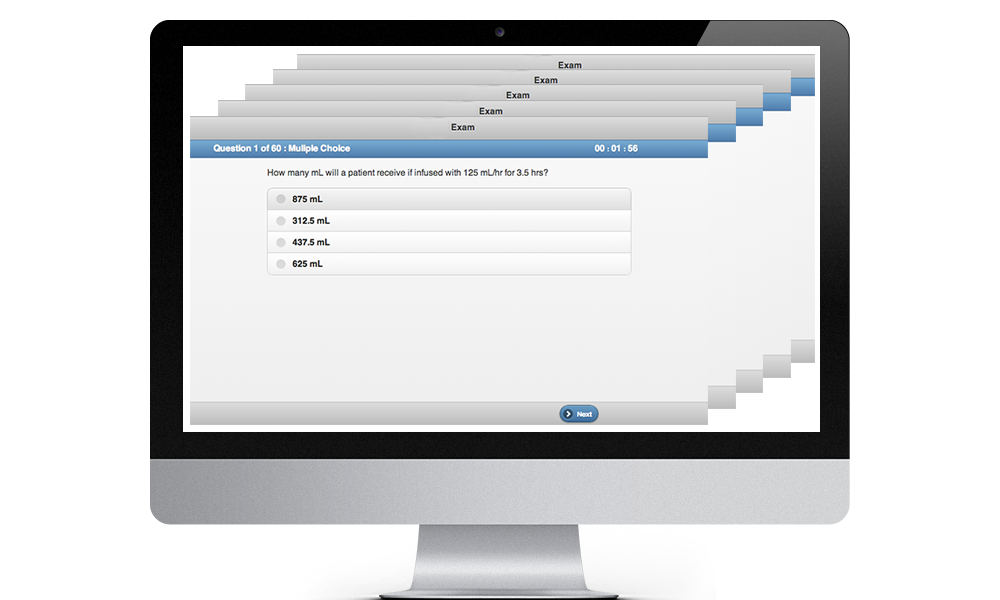VTNE Practice Test
Question 1 |
Neutrophils. | |
Eosinophils. | |
Monocytes. | |
Lymphocytes. |
Question 2 |
Dorsal. | |
Median. | |
Sagittal. | |
Transverse. |
Question 3 |
Multiple inflamed fluid filled sacs on the kidneys. | |
Inflammation of the epithelial tissue between renal tubules. | |
Inflammation of the connective tissue between renal tubules. | |
Inflammation of the nephrons. |
Question 4 |
Extraocular glands. | |
Bulbar apparatus. | |
Tarsal glands. | |
Lacrimal apparatus. |
Question 5 |
The outer section of the kidneys. | |
A small molecule that carries an electrical charge. | |
A triangular area of the bladder. | |
A hormone secreted by the kidneys. |
Question 6 |
Prorubricyte. | |
Rubriblast. | |
Metarubricyte. | |
Rubricyte. |
Question 7 |
Prevention. | |
Diagnosis. | |
Cure. | |
Treatment. |
Question 8 |
Enzymes. | |
Neurotransmitters. | |
Hormones. | |
Vitamins. |
Question 9 |
Choledectomy. | |
Sialadenectomy. | |
Adenectomy. | |
Adenoidectomy. |
Question 10 |
Functions that involve straining such as parturition. | |
Supporting abdominal organs. | |
Digesting. | |
Flexing the back (arching). |
|
List |
Veterinary Technician Practice Exam
Prepare for the VTNE exam using our database of 1000+ VTNE practice test questions. Take full-length Veterinary Technician practice exams or focus quizzes, and track your progress to identify weak knowledge areas. Our subject matter experts have written the VTNE practice test questions to mimic the content and test format you will see on the real VTNE exam. Our program includes:
- Unlimited VTNE practice tests with explanations
- Online and mobile access, available any time, any where
- 100% pass guarantee
Your VTNE practice test will be graded instantly, allowing you to identify areas that need improvement. Our reporting system will let you track progress over time so you can see improvement and know when you are ready for the real VTNE test.






